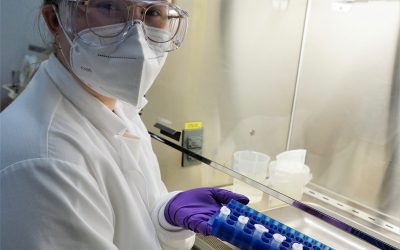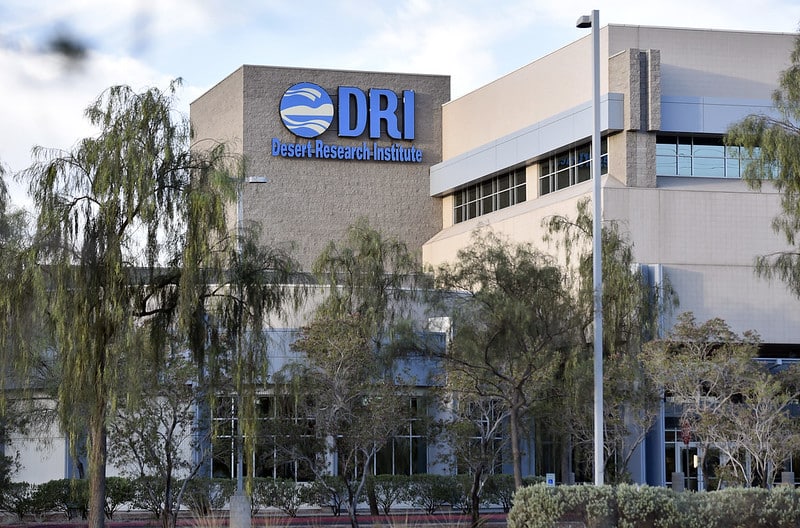Meet graduate researcher Natasha Sushenko and learn about her work in DRI’s Environmental Microbiology Laboratory in this interview with DRI’s Behind the Science Blog.
DRI welcomes new graduate students to Reno and Las Vegas campuses
Each year, the Desert Research Institute (DRI) welcomes new graduate students from the University of Nevada, Reno (UNR) and University of Nevada, Las Vegas (UNLV), who work under the direction of DRI faculty on our northern and southern campuses to conduct...

